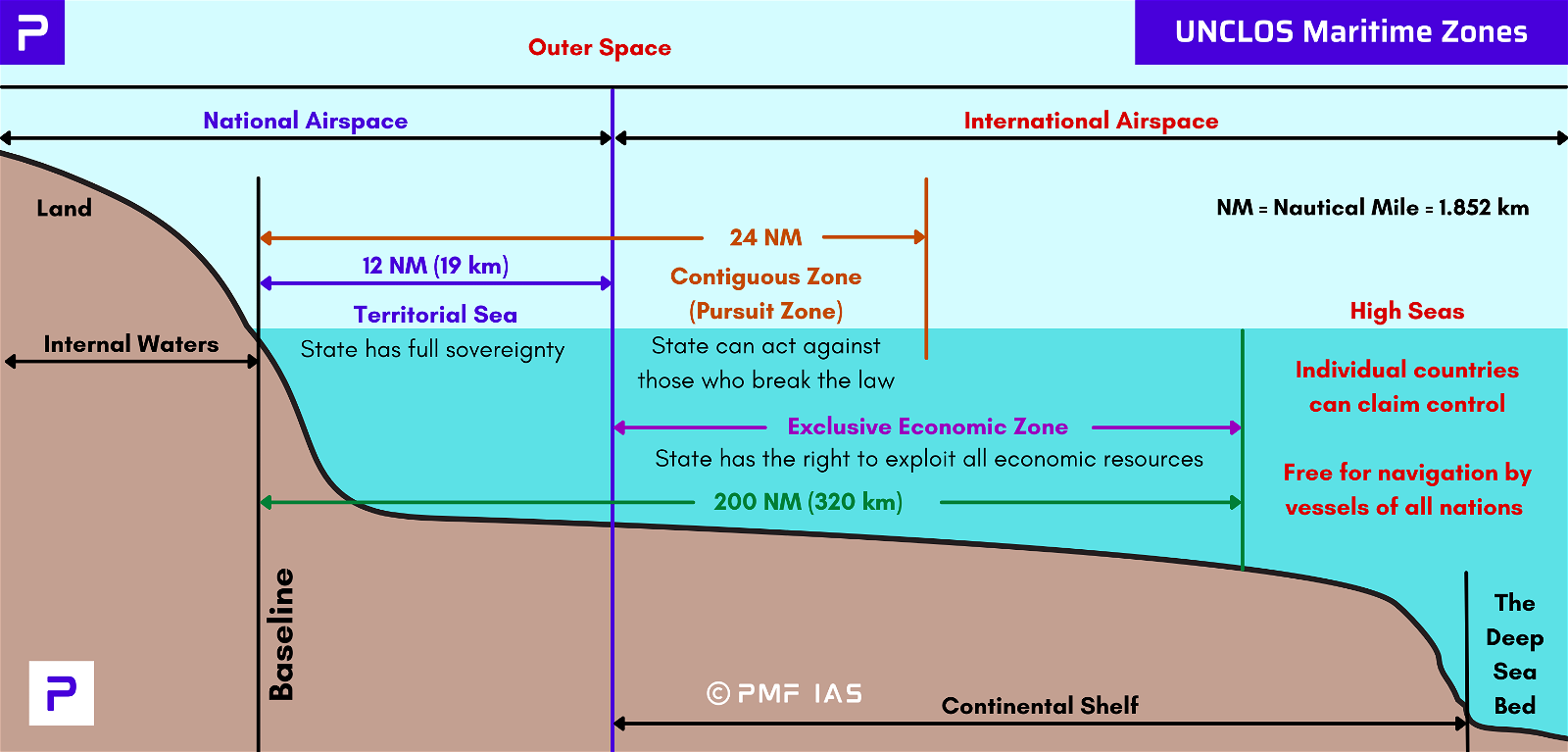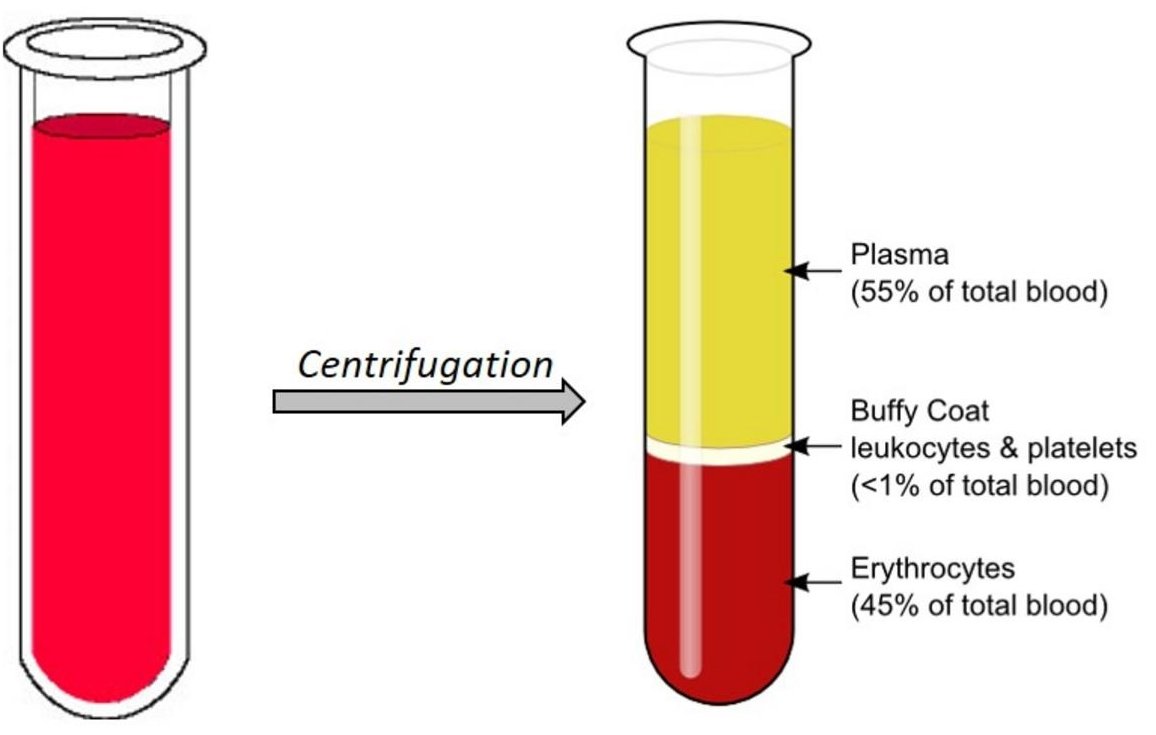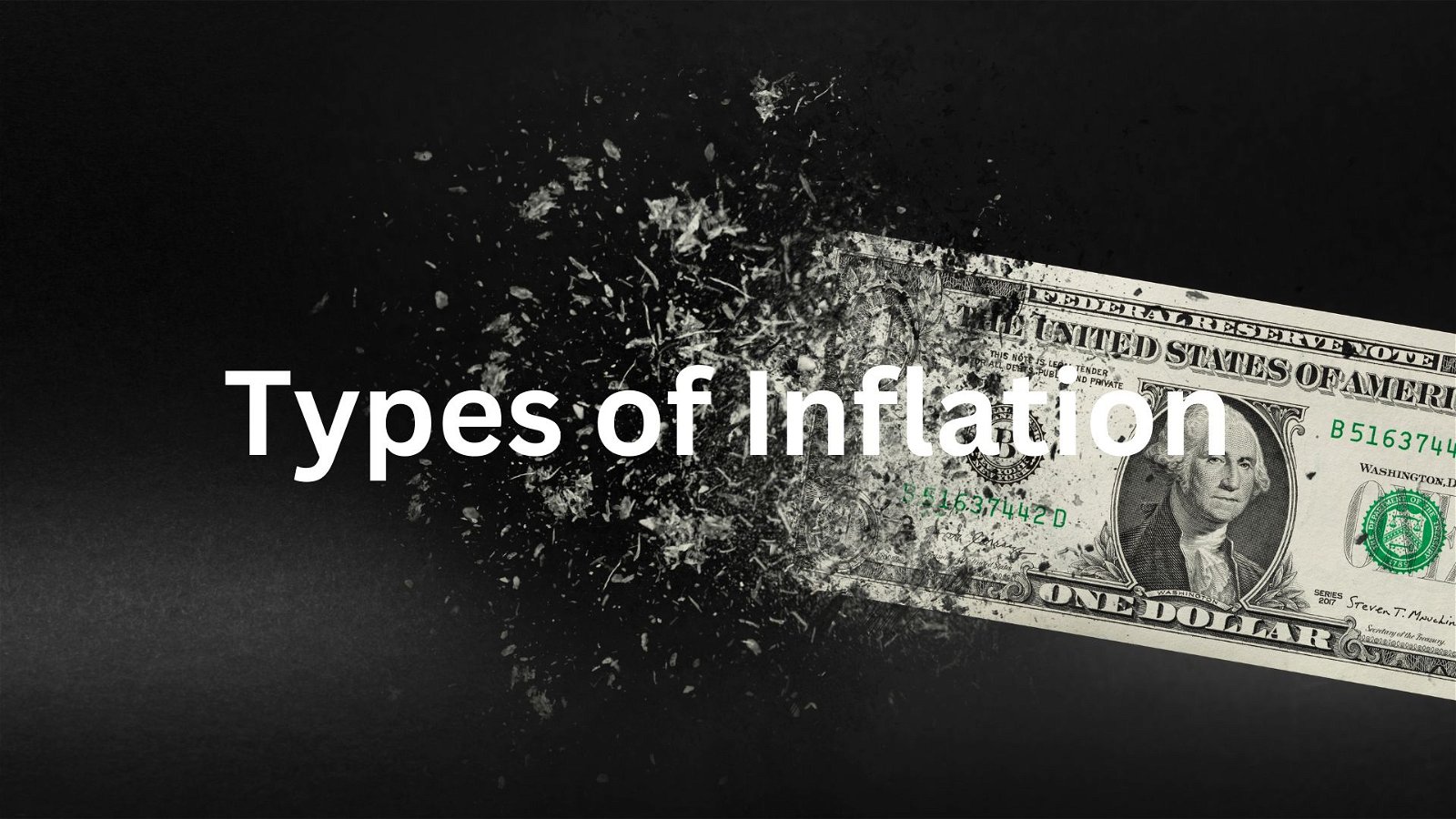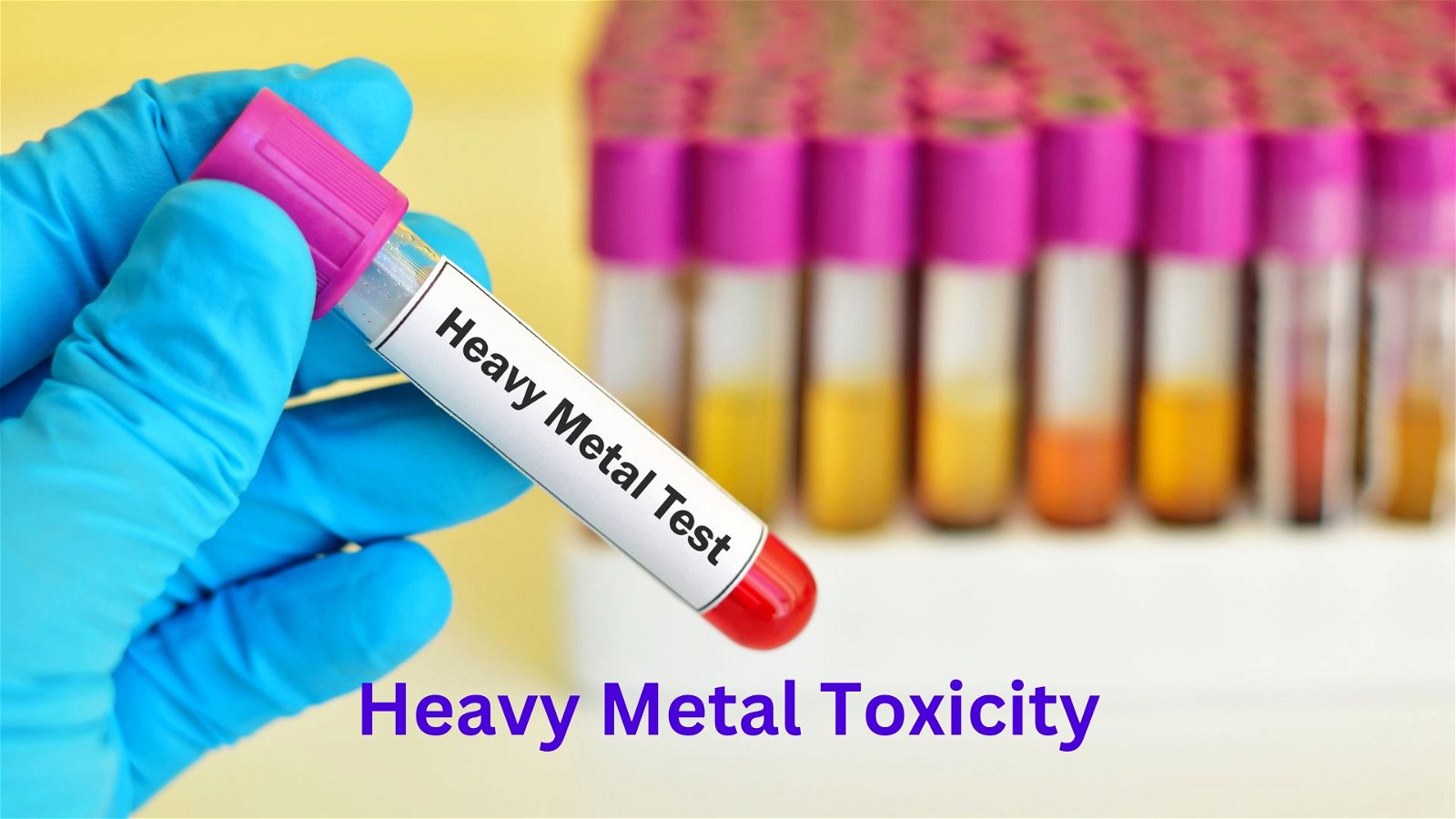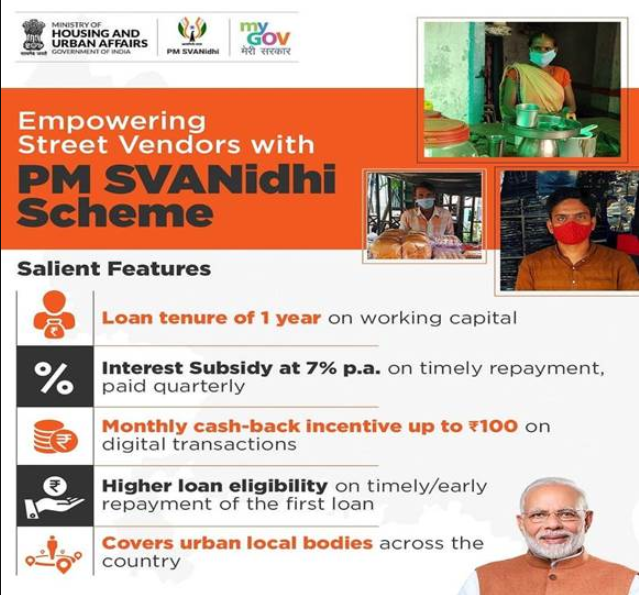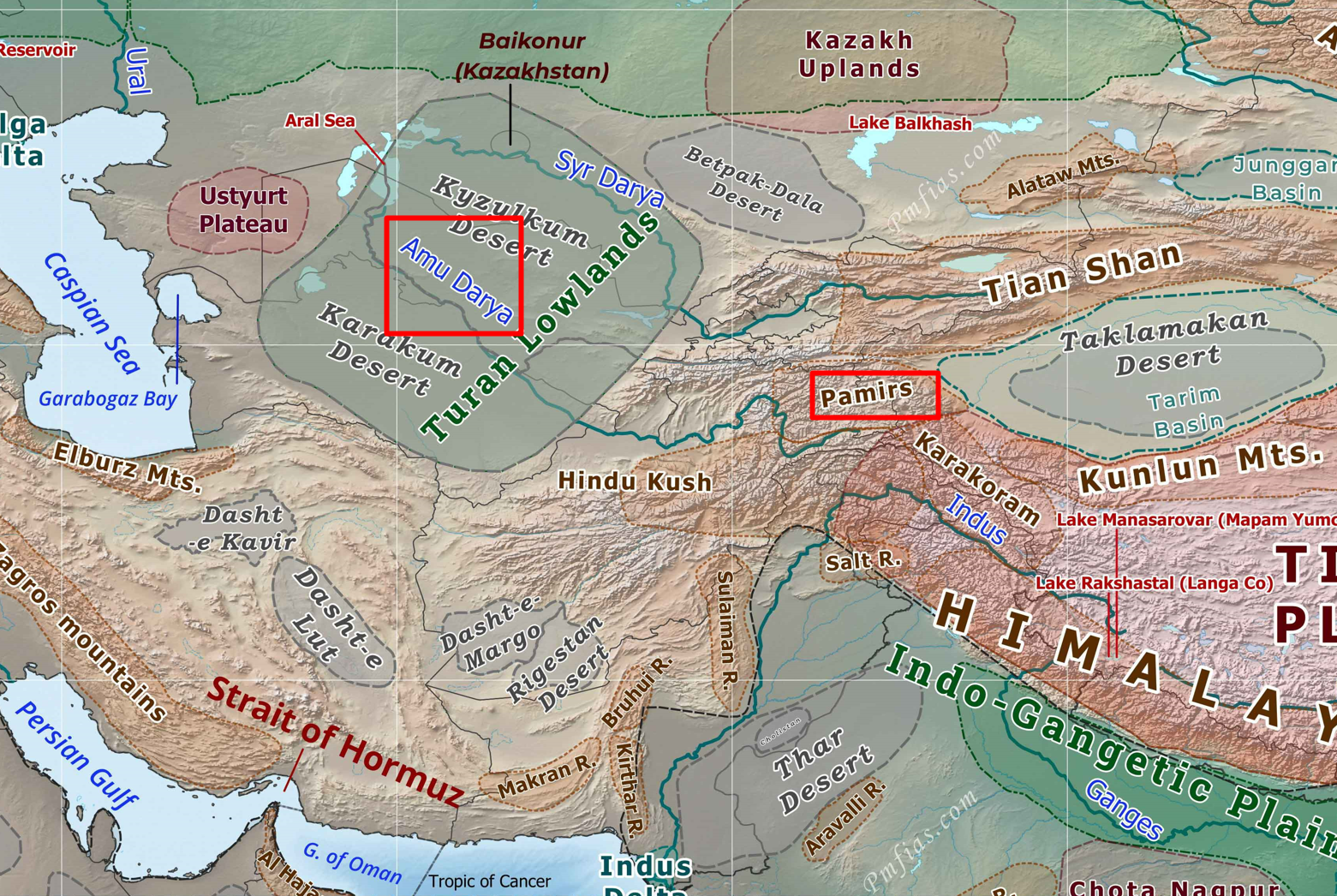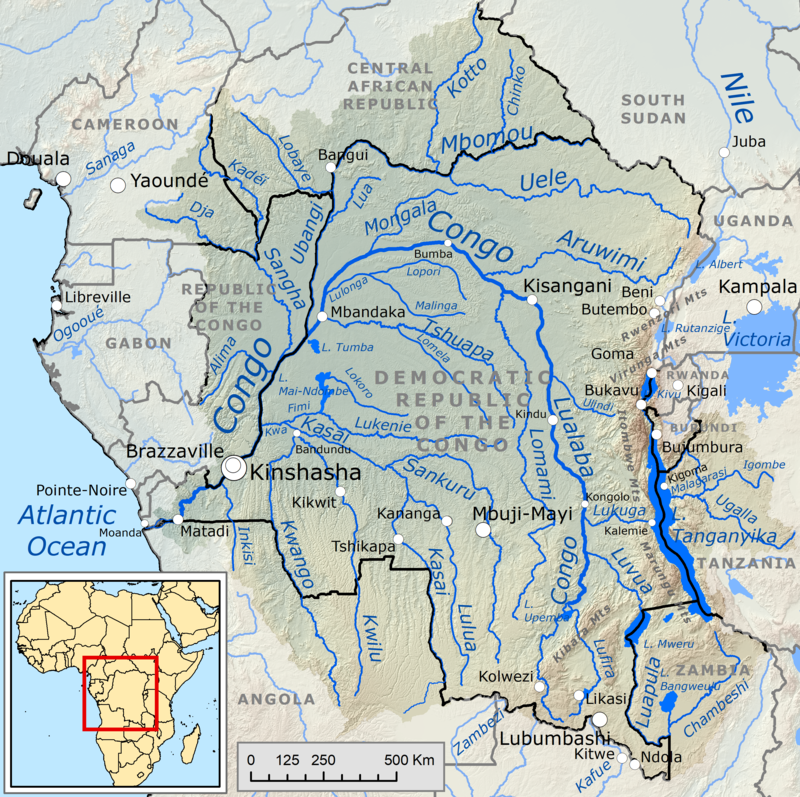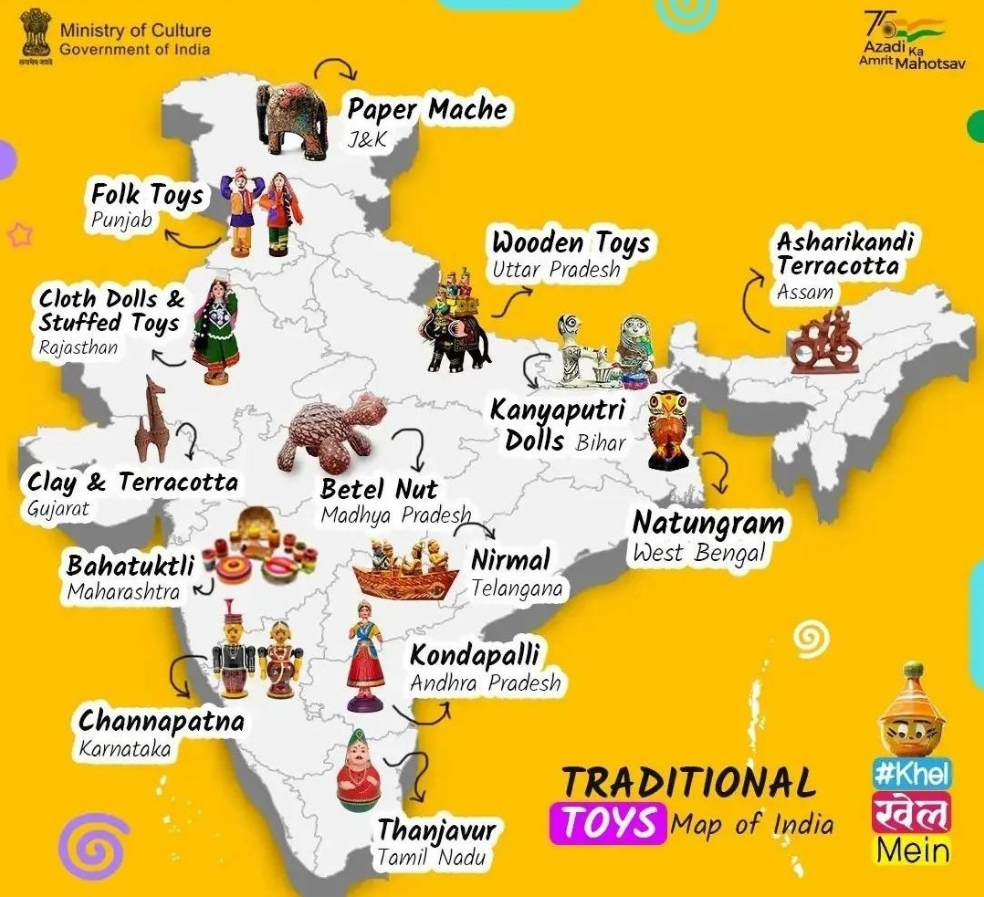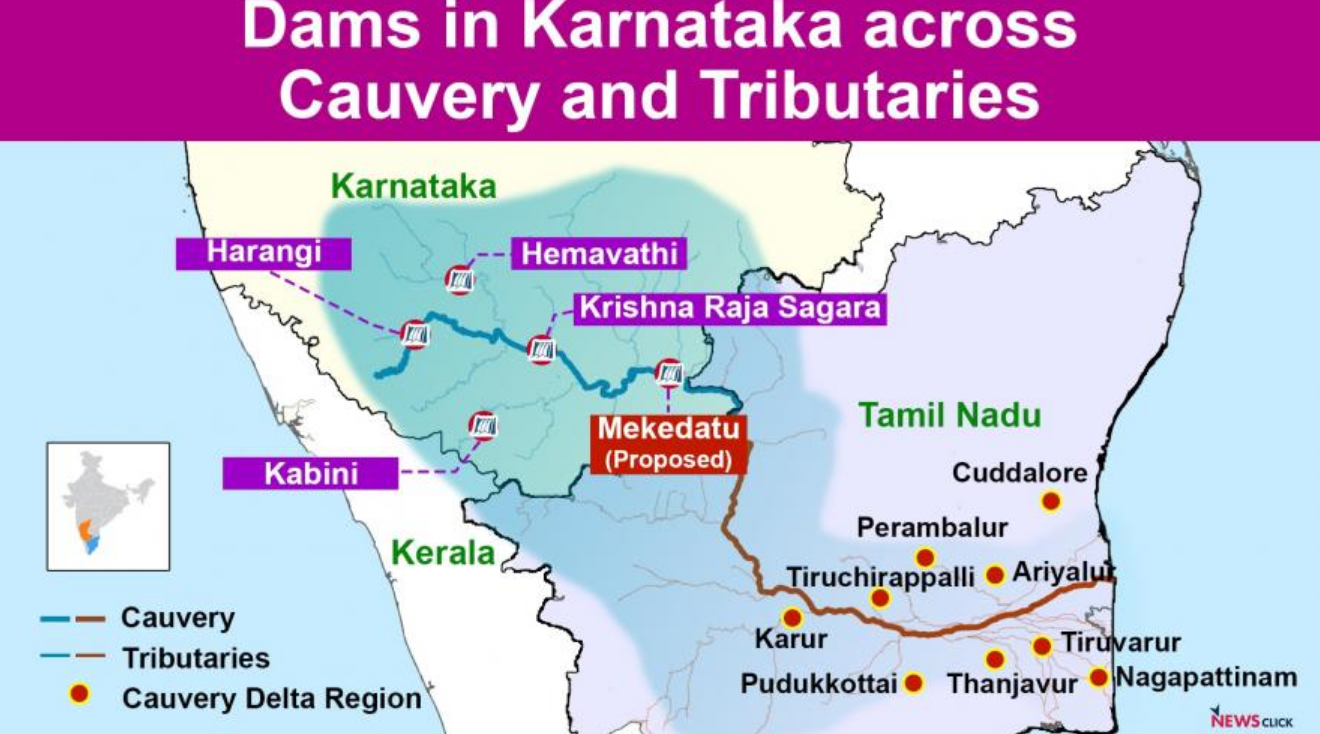
Current Affairs July 16, 2023: India’s Deep Ocean Mission, CPTPP, Non-Fungible Token
Subscribers of "Current Affairs" course can Download Daily Current Affairs in PDF/DOC
Subscribe to Never Miss an Important Update! Assured Discounts on New Products!
Must Join PMF IAS Telegram Channel & PMF IAS History Telegram Channel
{GS1 – Geo – EG – 2023/07/16} India’s Deep Ocean Mission (DOM)
- Context (TH | TH): India has identified 11 potential sites for the exploration of hydrogen sulfide as part of the Deep Ocean Mission (DOM).

- DOM is a multi-institutional mission launched by GoI to explore the deep ocean for resources and develop deep-sea technologies for sustainable use of ocean resources.
- Aim of DOM is to help India achieve over Rs. 100 billion “Blue Economy” through its ocean resources.
- Ministry of Earth Sciences (MoES) will be the nodal Ministry implementing the mission.
- MoES has collaborated with ISRO, National Institute of Ocean Technology (NIOT), Vikram Sarabhai Space Centre (VSSC) and the International Seabed Authority (ISA) for this mission.
- Under this mission, deep ocean explorations will be carried out in the Central Indian Ocean Basin.
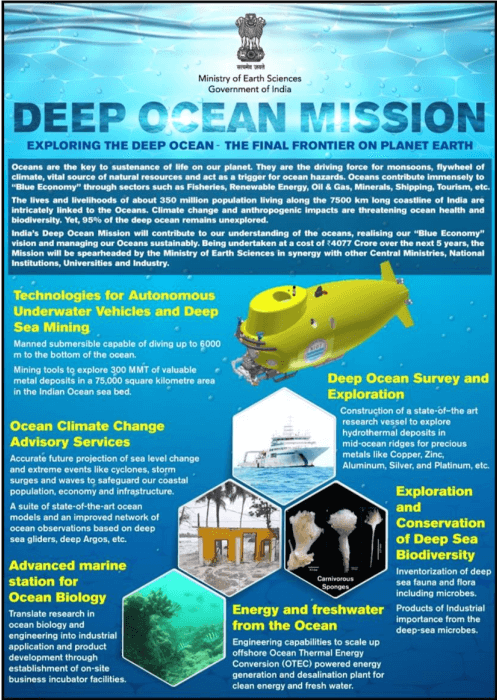
Central Indian Ocean Basin (CIOB)
Samudrayan
|
Deep Sea Mining
- Deep sea mining is the process of retrieving mineral deposits from the deep seabed below 200m depth (covers about 2/3rd of the total seafloor).
- There is growing interest in the mineral deposits of the deep seabed because of:
- Depleting terrestrial metals deposits like copper, nickel, aluminium, manganese, lithium, cobalt etc.
- Increasing production of technologies like smartphones, wind turbines, solar panels, and batteries.
Types of Deep-Minerals
- Polymetallic Nodules: They are rounded potato-sized lumps of minerals found usually on the seabed across the abyssal plains. They are composed of manganese, iron, nickel, copper, and cobalt.
- Seafloor Massive Sulfides (SMS): They are found around hydrothermal vents (where hot, mineral-rich fluids are released from the seafloor). They are composed of copper, gold, silver, zinc, etc.
- Cobalt-rich Crusts: They are found on seafloor seamounts and other volcanic features. They comprise cobalt, nickel, iron, manganese, and other metals.

Adverse Effects of Deep-Sea Mining
Noise Pollution
- Sounds produced from deep-sea mining can overlap with frequencies at which marine mammals communicate, causing auditory masking and behaviour change.
- It is dangerous for cetaceans (marine mammals) like whales, dolphins, beluga, porpoises, etc.
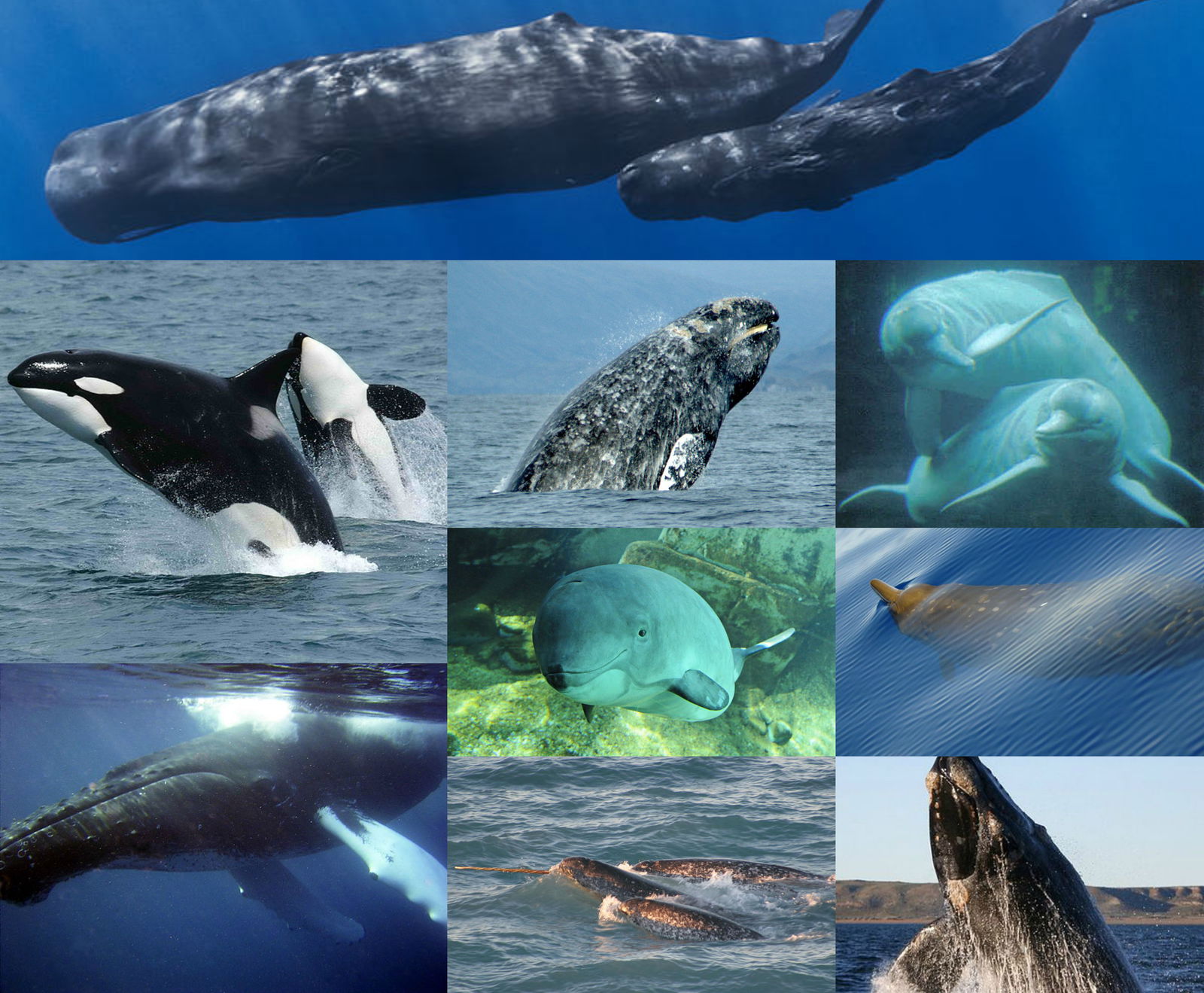
Sediment Plumes
- Settlement of sediment plumes generated by mining vehicles can smother the species at the bottom (benthic zone) of the ocean.
- Sediment discharged from processing vessels can increase water turbidity.
Disrupt Carbon Storage
- Oceans are a major source of carbon sequestration. But deep-sea mining can disturb this process and release large amounts of CO2 into the atmosphere.
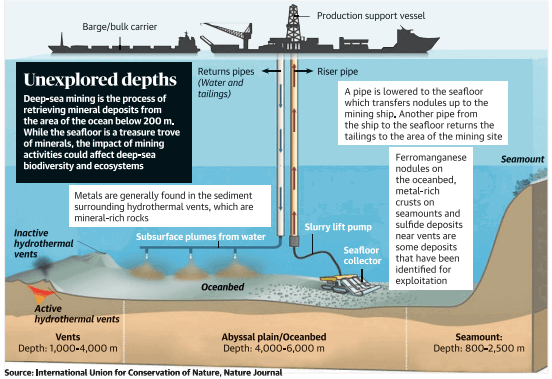
Release of Methane from Methane Hydrates
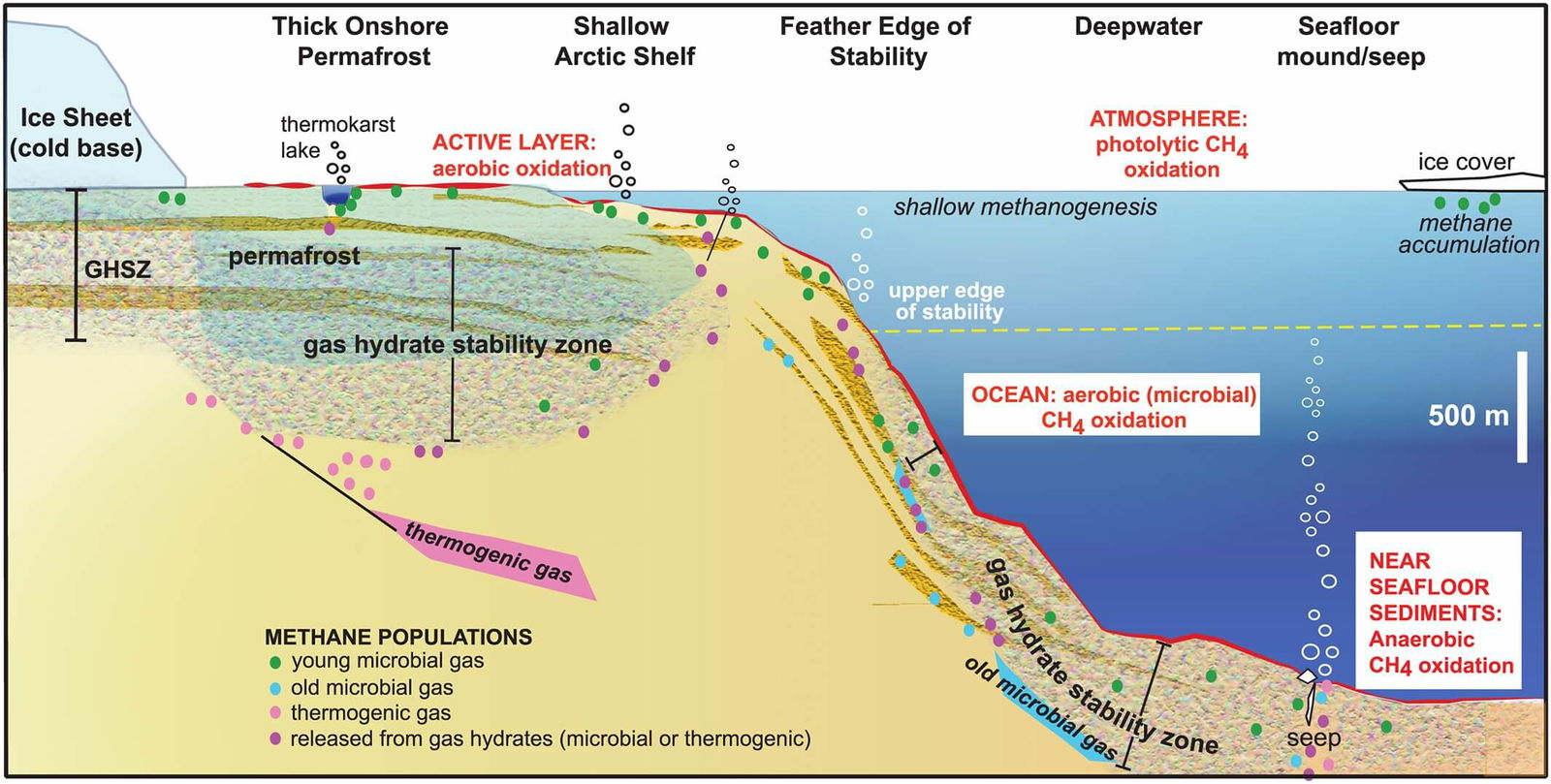
- Methane hydrates (clathrates/gas hydrates/methane ice) are formed when hydrogen-bonded water and methane gas come into contact at high pressures (due to depth) and low temperatures in oceans.
- They are in the form of crystalline ice that consists of a methane molecule surrounded by a cage of interlocking water molecules.
- Methane hydrates are also trapped in permafrost (permanently frozen soil).
- Methane hydrates cannot be brought to the surface as the reduced pressure and increase in temperature will cause the ice to melt and the methane to escape.
- Ocean acidification, climate change, or any other anthropogenic disturbance like deep sea mining can destabilise the clathrates (a lot in the ocean) and lead to the release of an immense amount of methane — can lead to mass extinction.
The United Nations Convention on Law of the Sea (UNCLOS)
International Seabed Authority (ISA)
Clarion-Clipperton Zone (CCZ) |
{GS2 – IR – Groupings – 2023/07/16} CPTPP
- Context (TH/IE): the U.K. formally signs up to the trans-Pacific trading bloc CPTPP.
- Comprehensive and Progressive Agreement for Trans-Pacific Partnership (CPTPP) is a free trade agreement (FTA) signed by 11 countries in 2018.
- It incorporates the provisions of the Trans-Pacific Partnership (TPP) Agreement (signed but not yet in force), except for a limited set of suspended provisions.
- CPTPP requires countries to eliminate or significantly reduce tariffs and firmly commit to opening services and investment markets.
Members of CPTPP
- Canada, Japan, Australia, New Zealand, Brunei, Chile, Malaysia, Mexico, Peru, Singapore and Vietnam.
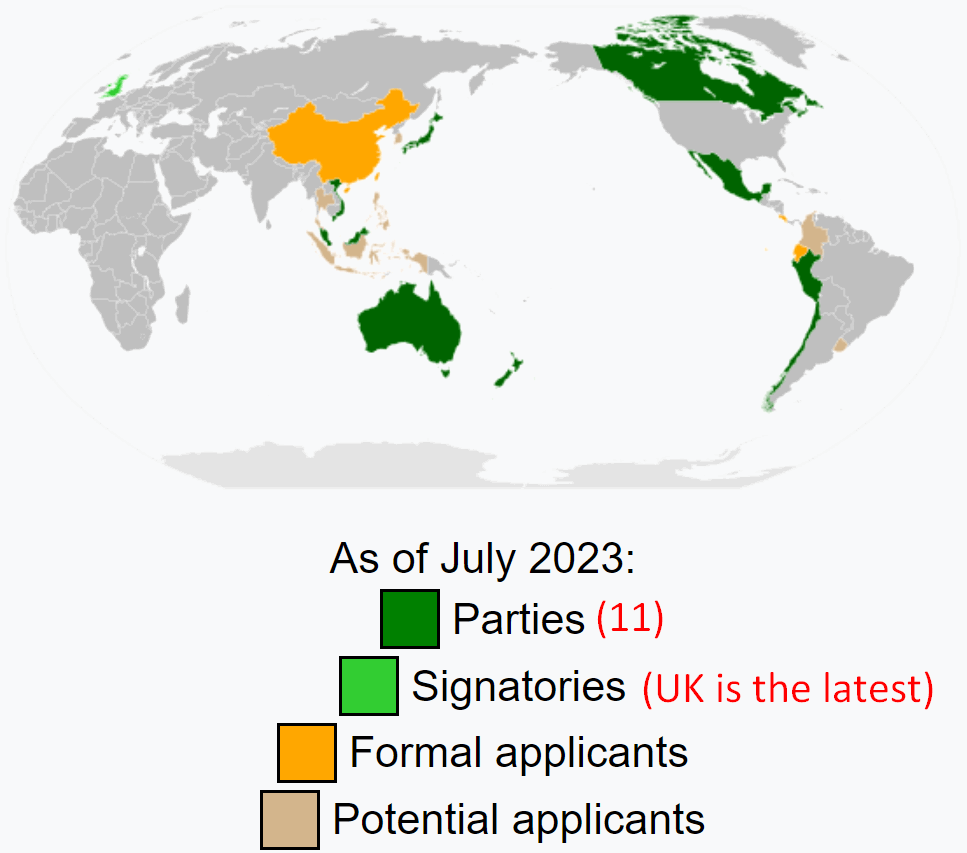
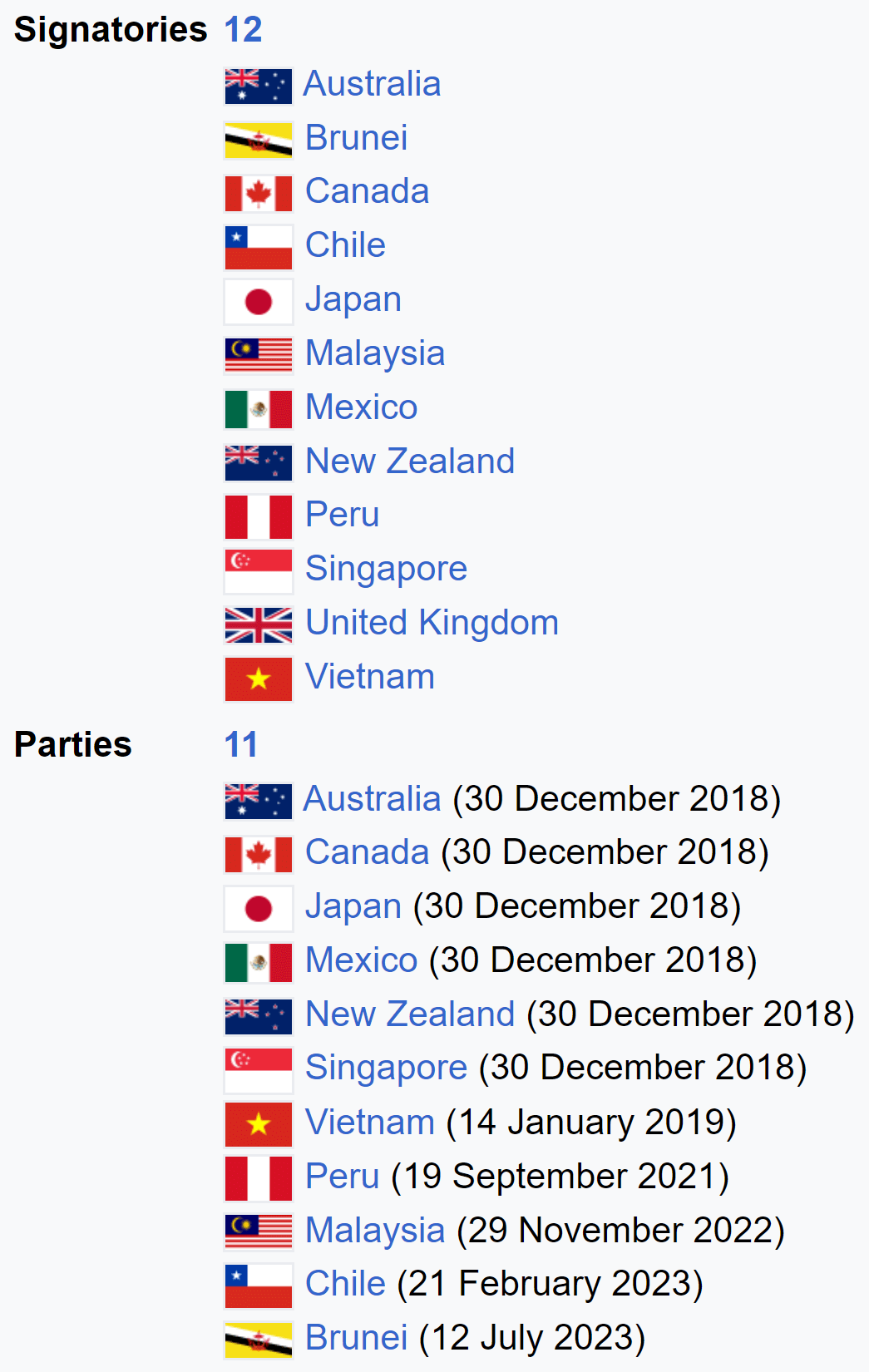
- The U.K. has become the first European nation to sign CPTPP. It will become a member after it ratifies.
- China, Taiwan, Ukraine, Costa Rica, Uruguay and Ecuador have applied to join the group.
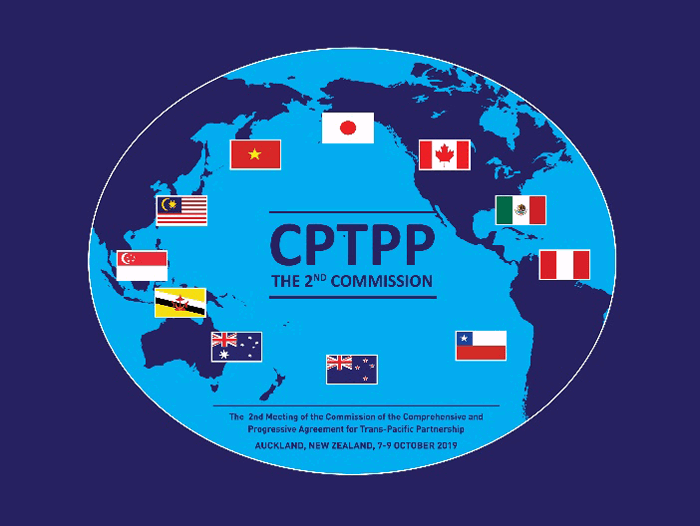
Importance for UK
- It is seen as a bulwark against China’s dominance in the region.
- Since Brexit, the UK has sought other trade deals with countries and trading blocs around the world. CPTTP will cut tariffs for UK exports to Asia Pacific countries.
Scepticism
- CPTTP will struggle to compensate for the economic damage sustained by leaving the EU.
- The UK already has trade deals with ten of the eleven CPTPP members, and the eventual economic boost will be minuscule.
Free Trade Agreement (FTA)
Trans-Pacific Partnership (TPP)
Regional Comprehensive Economic Partnership (RCEP)
India’s concerns that led to the withdrawal from RCEP
Cheaper imports and Widening Trade Deficit
Farm sector is not excluded
Why the Dairy sector vehemently opposes FTAs like RCEP?
FTAs are essential for Global Value Chain (GVC)
Explanation
Example of Global Value Chain
Why integrating into the Global Value Chans is essential?
What is India’s participation in GVCs?
|
{GS3 – S&T – Blockchain – 2023/07/16} Non-Fungible Token (NFT)
- Context (FE): Google has updated its policies, allowing apps incorporating NFT into its Play Store.
- A non-fungible token (NFT) is a unique digital asset stored on a blockchain.
- NFTs can represent ownership of digital or physical assets.
Features of NFTs
- Uniqueness: NFTs are unique and cannot be replaced by another NFT. This makes them ideal for representing ownership of digital assets, such as artwork, music, or videos.
- Immutability: NFTs are stored on a blockchain, which makes them immutable. This means that the data stored on the blockchain cannot be changed or tampered with.
- Transparency: NFTs are transparent, meaning anyone can view the data stored on the blockchain. This makes it easy to verify the ownership of an NFT.
- Scarcity: NFTs can be scarce, which means only a limited number of them are available. This can drive up the value of an NFT.
| Parameters | Fungible Tokens (FTs) | Non-Fungible Tokens (NFTs) |
| Exchangeability | FTs can be exchanged with other tokens of the same type | NFTS cannot be exchanged with other tokens of the same type |
| Uniformity | All FTs are identical to each other | NFTs are unique and not similar to each other |
| Fractionalisation | FTs can be divided into smaller units | NFTs are individual units and cannot be divided |
| Examples | Currency, Bitcoin | Cryyptokitties, Art, And House/Property |
Use cases of NFTs
- Representing ownership of digital assets: NFTs can represent ownership of digital assets, such as artwork, music, or videos. This allows creators to sell their work more securely and transparently.
- Creating royalty payments for creators: The creators can track and earn a percentage of the sale price of their work every time it is sold.
- Fractionalizing ownership of assets: multiple people can own a single asset, such as a piece of real estate or a collectable.
- Creating games and applications: It allows developers to create new types of games and applications based on ownership of digital assets.
Blockchain
The Meaning of ‘Distributed Ledger’ in Blockchain Technology
Block in a Blockchain
The Blockchain is Immutable
|





![PMF IAS Environment for UPSC 2022-23 [paperback] PMF IAS [Nov 30, 2021]…](https://pmfias.b-cdn.net/wp-content/uploads/2024/04/pmfiasenvironmentforupsc2022-23paperbackpmfiasnov302021.jpg)


